Communication Sciences and Disorders
An impairment in the ability to receive, send, process, and grasp concepts or spoken, nonverbal, and graphic symbol systems is known as a communication disorder. Hearing, language, and/or speech processes may all show signs of a communication disorder. The science behind communication problems and their development is studied by communication sciences and disorders. They also learn how to treat children and adults and apply what they've learned to develop new diagnostic and rehabilitation procedures and technology. Understanding, assessing, and treating speech, voice, language, and swallowing issues in people of all ages is the goal of Communicative Sciences and Disorder. This interdisciplinary field includes linguistics, speech-language pathology, medicine, education, psychology, audiology and many more.
- Speech therapy
- Language and articulation
- Audiology
- Neural rehabilitation
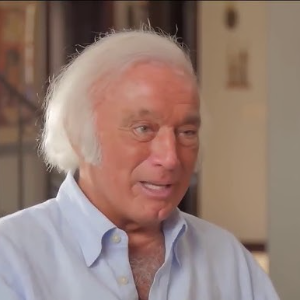
Kenneth R Pelletier
University of California, United States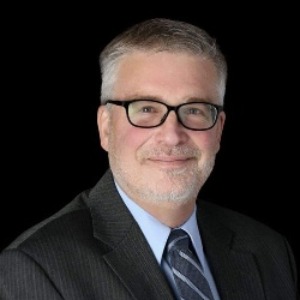
Gregory S Anderson
Thompson Rivers University, Canada
Yazdan Mirzanejad
University of British Columbia, Canada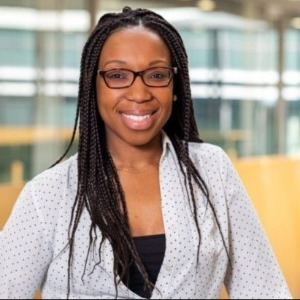
Hawa Camara
National Cancer Institute, United States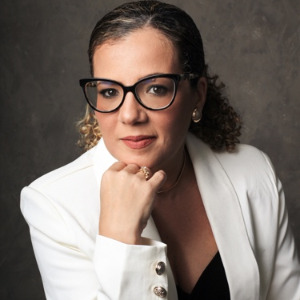
Rafaela Julia Batista Veronezi
Physiotherapist, Neuroscientist & Public Health Educator, United States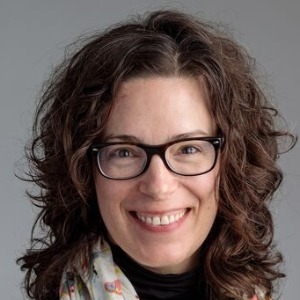
Amelia Burke Garcia
NORC at the University of Chicago, United States
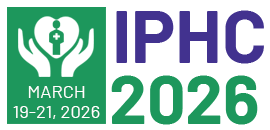


Title : The impact of AI on the future of public health and preventative healthcare
David John Wortley, World Lifestyle Medicine Education Services, United Kingdom
Title : Extensively drug-resistant bacterial infections: Confronting a global crisis with urgent solutions in prevention, surveillance, and treatment
Yazdan Mirzanejad, University of British Columbia, Canada
Title : Personalized and Precision Medicine (PPM) as a unique healthcare model to secure the human healthcare, wellness and biosafety through the view of public health, network-driven healthcare services and lifestyle management
Sergey Suchkov, 1N.D. Zelinskii Institute for Organic Chemistry of the Russian Academy of Sciences, Moscow, Russia, Russian Federation
Title : Psychoeducation programs to address post-traumatic stress injuries and mental health in public safety and frontline health care workers
Gregory S Anderson, Thompson Rivers University, Canada
Title : More than just a program: The role of link health in federal benefit programs
Meera Shukla, Link health, United States
Title : More than just a program: The role of link health in federal benefit programs
Jacqueline Wu, Link Health, United States